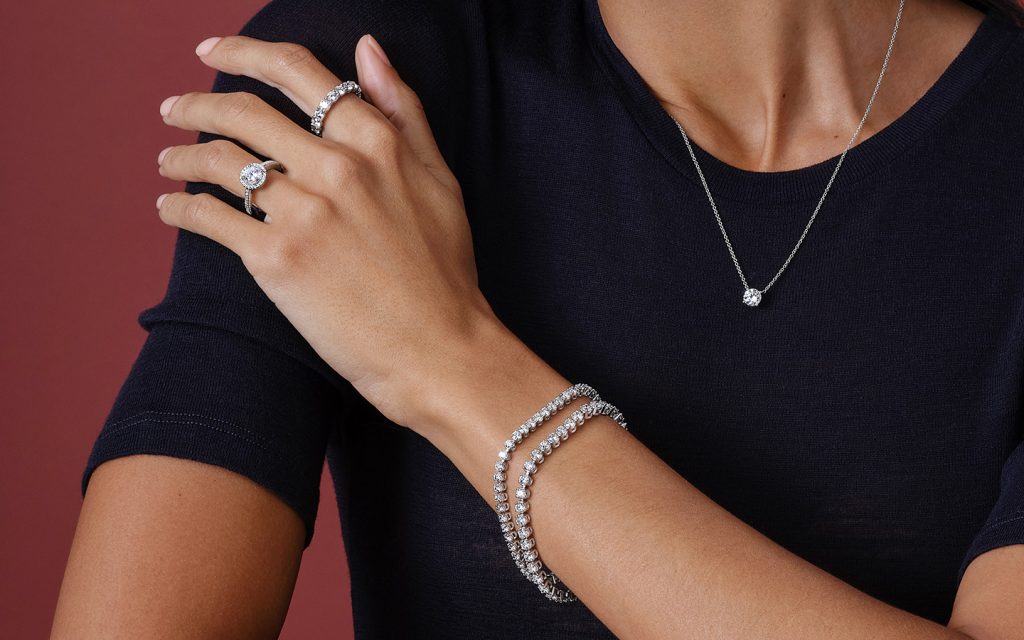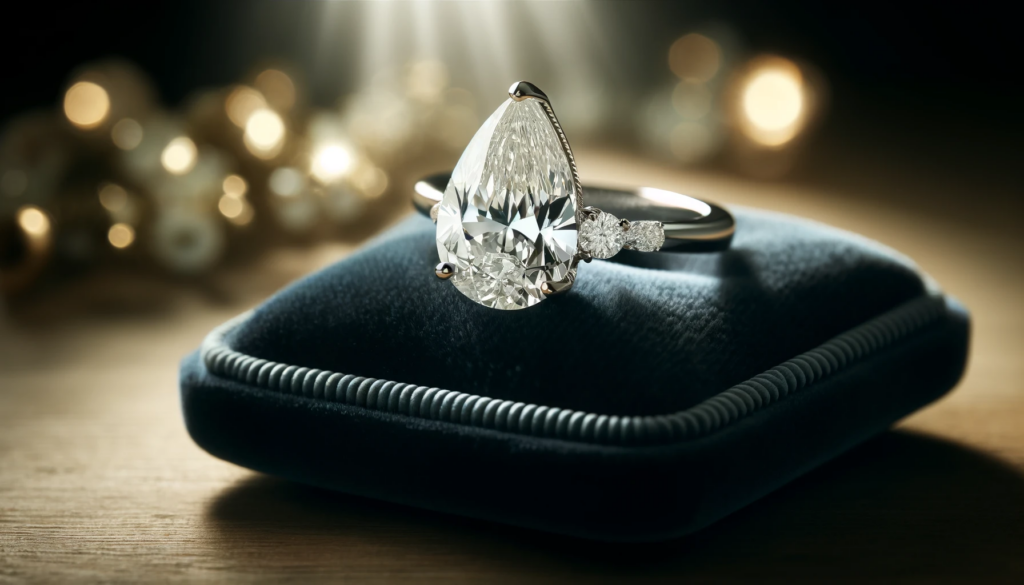Lab-grown diamonds have revolutionized the jewelry industry, offering a sustainable, ethical, and cost-effective alternative to natural diamonds. Whether you’re searching for custom engagement rings in Frankfurt or considering different diamond shapes, understanding the key aspects of lab-created diamonds is essential. This guide explores everything you need to know about lab-grown vs. natural diamonds, the 4Cs of diamonds, and the processes behind their creation, including HPHT vs. CVD methods.
What Are Lab-Grown Diamonds?
Lab-grown diamonds, also known as lab-created, lab-made, or man-made diamonds, are real diamonds produced in a controlled environment. Unlike natural diamonds, which form deep within the Earth over millions of years, lab diamonds are created using advanced technology in just a few weeks. These diamonds have the same physical, chemical, and optical properties as mined diamonds but are free from ethical concerns, such as blood diamonds that fund conflicts.
Lab-Grown vs. Natural Diamonds: Key Differences
When comparing lab-grown vs. natural diamonds, it’s important to understand their distinctions:
-
Origin: Natural diamonds are mined from the Earth, while lab-created diamonds are grown in a laboratory.
-
Price: Lab-grown diamonds are typically 30-40% more affordable than natural diamonds of the same quality.
-
Ethics: Unlike natural diamonds, lab diamonds are conflict-free and do not contribute to unethical mining practices.
-
Sustainability: Creating man made diamonds requires less environmental disruption than traditional diamond mining.
Despite these differences, both types of diamonds have the same brilliance and durability, making lab-grown diamonds an excellent choice for engagement rings and fine jewelry.
Lab-Grown Diamond Shapes
When selecting a diamond, shape plays a crucial role in its overall appearance. The most popular lab diamond shapes include:
-
Round: The classic and most brilliant diamond cut.
-
Princess: A modern square shape with sharp corners.
-
Oval: An elegant shape that elongates the finger.
-
Emerald: A rectangular step-cut with a vintage appeal.
-
Cushion: A soft square or rectangular shape with rounded edges.
-
Pear: A unique teardrop shape for a distinctive look.
-
Marquise: A pointed oval shape that maximizes carat weight.
These diamond shapes are available in lab-grown diamonds in Frankfurt, allowing customers to choose the perfect shape for their custom engagement rings.
The 4Cs of Diamonds
Understanding the 4Cs of diamonds is essential when purchasing a diamond, whether natural or lab-grown. These factors determine the quality and value of a diamond:
-
Cut: Influences the diamond’s brilliance and sparkle.
-
Color: Ranges from colorless (most valuable) to light yellow or brown.
-
Clarity: Measures the presence of internal flaws (inclusions) and external imperfections.
-
Carat Weight: Indicates the size and weight of the diamond.
By focusing on the 4Cs, buyers can make informed decisions when selecting lab diamond rings.
HPHT vs. CVD: How Are Lab Diamonds Made?
There are two main methods for growing diamonds in a lab:
-
HPHT (High Pressure High Temperature): Mimics the natural diamond formation process by subjecting carbon to extreme pressure and temperature.
-
CVD (Chemical Vapor Deposition): Uses a gas mixture to grow diamond layers on a substrate in a controlled environment.
While both methods produce high-quality lab-created diamonds, CVD is often preferred for its ability to create purer diamonds with fewer inclusions.
Custom Engagement Rings in Frankfurt
For those looking for custom engagement rings, lab-grown diamonds in Frankfurt provide a variety of options. Customizing an engagement ring allows buyers to select:
-
The diamond shape that best suits their style.
-
The metal setting (white gold, yellow gold, rose gold, or platinum).
-
The ring design, from classic solitaires to intricate vintage-inspired styles.
-
The claw setting (prong style), which secures the diamond while enhancing its brilliance.
Lab Diamond Rings and Claws: Choosing the Right Setting
The setting of a lab diamond ring affects both its security and appearance. Claw settings (also known as prong settings) are the most common, as they hold the diamond securely while allowing maximum light exposure for brilliance. The number of claws can vary:
-
Four-claw setting: Provides a modern and minimalistic look.
-
Six-claw setting: Offers extra security for larger diamonds.
-
Double claw setting: A stylish variation that enhances the stone’s elegance.
Why Choose Lab-Grown Diamonds?
Opting for lab-grown diamonds comes with numerous advantages:
-
Affordability: Get a larger or higher-quality diamond for your budget.
-
Ethical Sourcing: No connection to conflict zones or unethical labor practices.
-
Eco-Friendly: Less environmental impact compared to traditional diamond mining.
-
Customization: A wide selection of diamond shapes and settings for personalized designs.
Conclusion
Whether you’re exploring lab-grown diamonds in Frankfurt for an engagement ring or learning about different diamond shapes, man-made diamonds offer a sustainable and ethical alternative to mined diamonds. By understanding the 4Cs of diamonds, the HPHT vs. CVD processes, and the benefits of lab diamonds, you can confidently choose the perfect stone for any occasion.











